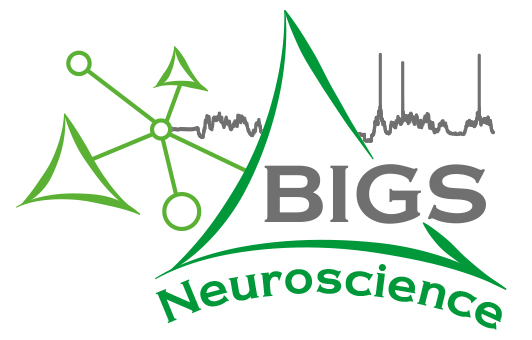Prof. Dr. Ina Maja Vorberg
Group Leader
Prion Cell Biology
German Center for Neurodegenerative Diseases (DZNE)
Venusberg-Campus 1
53175 Bonn, Germany
Venusberg-Campus 1
53175 Bonn, Germany
Phone: +49 (0) 228 43302 6560
Email: ina.vorberg(at)dzne.de
Research Focus
Conversion of normally soluble proteins into highly ordered aggregates is a hallmark of neurodegenerative diseases. Prion diseases or transmissible spongiform encephalopathies (TSE) are associated with misfolding of the cellular prion protein into infectious, self-templating entities. Prions replicate by converting monomeric prion protein into an infectious, aggregated isoform, capable of spreading within the affected host and between individuals. Aggregates with comparable propagation strategies have also been identified in lower eukaryotes where they induce heritable changes in progeny cells. Surprisingly, domains that compositionally resemble prototype yeast prion domains are abundant in the mammalian proteome. Aggregation of human proteins with so-called “prion-like domains” has been linked to several neurodegenerative diseases. If prion-like domains could confer true prion activities such as aggregate multiplication and spreading is so far unknown. Aim of our work is to understand general mechanisms of prion formation, clearance and intercellular dissemination.
